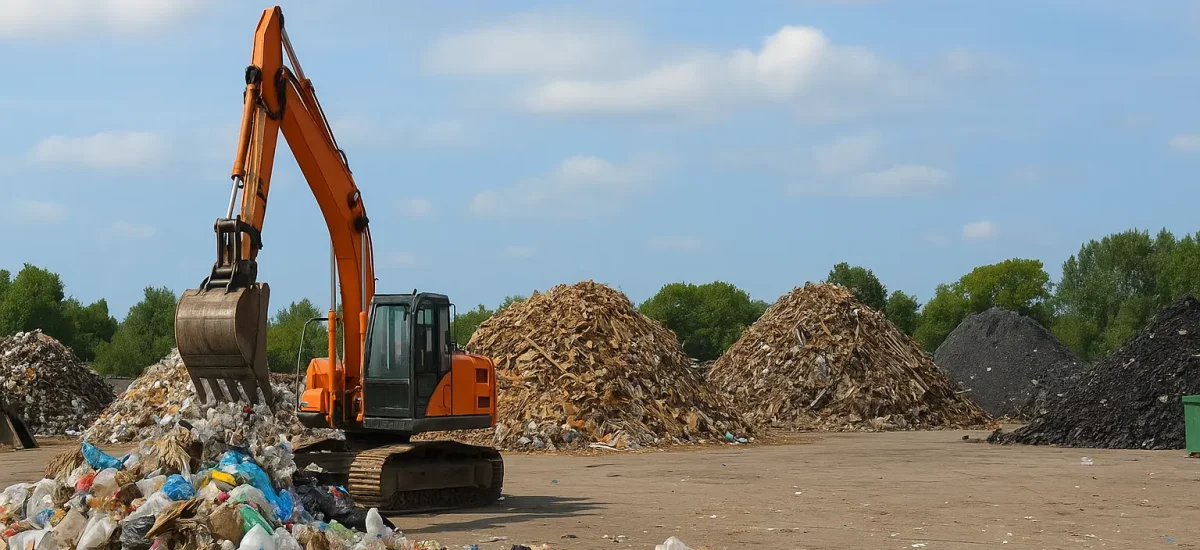I’m Kayla, and I work in water and waste at coal prep sites. I’ve hauled hoses at 2 a.m., climbed up rickety catwalks, and chased leaky lines in the rain. Slurry is my daily mess. It’s thick, black, gritty, and somehow everywhere. So yeah, I’ve tried a bunch of ways to get rid of it, and I’ve got opinions. If you want the extended play-by-play, my full hands-on review of coal slurry disposal lays out every trial in gritty detail.
Quick note before we start: coal slurry is the muddy mix left after washing coal. It’s water, fine coal, clay, and chemicals. If you let it run wild, it can foul streams and get you in trouble fast. If you treat it right, it’s manageable. Not pretty, but manageable. For a plain-language breakdown of why this stuff behaves the way it does, check out this honest take on coal-mine slurry.
The Old Pond Way (I Lived It)
Back in 2017, at our site in eastern Kentucky, we ran a five-acre settling pond. It was cheap up front. It was also a pain.
- What I liked: It handled big swings in flow. Storm hits? The pond took it.
- What I didn’t: The pond filled with fines. Fast. We dredged twice a year. That smelled like rotten eggs and diesel. We had ducks landing in it, and that meant fencing and scare tape. After big rain, the water got milky, and we had to babysit pumps all day.
One August, a line blew during a thunderstorm. We caught it early, but the muddy ring on the rip-rap told the story. Inspectors don’t love that. Trust me, a surprise release can turn into a headline-grabbing mess—see this first-hand review of a coal slurry spill for what happens when containment fails. Ponds work. But they’re land-hungry, slow to clear, and risky in heavy weather.
Would I use one again? Maybe for backup. Not as my main plan. If you want to dive deeper into the realities of managing coal slurry impoundments, my colleagues have shared first-hand takes and walk-the-berm honest reviews that mirror what I saw in Kentucky.
Geotextile Tubes (Geotubes): Big Socks, Big Relief
In 2019, near Iaeger, West Virginia, we brought in TenCate Geotube fabric bags. Picture giant, sand-colored socks. We pumped slurry in with a small dose of polymer (we used SNF Superfloc, a cationic blend, about 3–5 mg/L). The fines clumped and water bled out through the fabric. If you’re sorting out which polymer and dose to use, the underlying chemistry is unpacked in this comprehensive review on coagulation and flocculation in dewatering coal slurry.
- Results I saw: After 48 hours, the solids inside hit around 20–28% by weight. In a week or two, with sun and a breeze, we got closer to 30%.
- Good stuff: Setup was fast. No big concrete. We stacked tubes like big loaves. Water off the tubes ran clear enough to recycle back to the plant.
- Not-so-good: You need space, and polymer isn’t cheap. If you under-dose, water runs gray. If you overdose, the bag crusts and flow slows. In winter, drainage crawls.
Still, those tubes saved us during a wet spring. We kept production going. Less mud underfoot. Fewer late-night pump alarms. My boots thanked me.
Filter Presses: Cake You Can Actually Load
In 2020, we added an Andritz overhead filter press at a site in southern Illinois. Plates close. Slurry fills. Pressure builds. Water leaves. You get a crumbly cake. It looks like dark potting soil. For a wider lens on how filter presses fit into mineral and coal circuits, see this in-depth article on filter presses.
- What I measured: 55–65% solids most days. On a good run, the cake stacked like bricks.
- Throughput: Ours pushed about 25–35 tons of cake per hour, depending on feed.
- Wins: Easy trucking. Less weight in the dump fee. Clear filtrate to reuse. It cleaned up our yard, too. Fewer puddles.
- Headaches: Cloths foul. Plan on swapping or washing them. Hydraulics leak when you least want it. It’s loud, and it pulls power. Also, filter cycles pause production if you don’t size it right.
If you’re working with fly-ash blends, the lessons carry over—the same cloth setup worked when I tested a similar press on coal fly ash slurry. Once we set a steady polymer dose at the thickener and kept feed at 8–10% solids, the press ran smooth. The first month was rocky. After that, it felt like a system, not a science fair project.
Decanter Centrifuges: Fast and Forgiving
Wyoming, 2021. We trialed an Alfa Laval decanter. It spins slurry at high speed, and the heavy stuff moves outward. Simple idea, but the machine is a beast.
- What I saw: 35–45% solids cake, steady, even with fines that made our pond cry.
- Good: It starts and stops quick. It loves consistent feed. It took night shifts without drama. The centrate was clear enough for our wash water loop.
- Bad: Power draw is real. And when grit gets in, you’ll chew up scrolls and liners. Keep spare parts on site or plan for downtime.
I’ve seen water turn jet-black in minutes—the scene reminded me of the Welsh incident documented in Black Water, Heavy Hearts. I liked it for swing capacity. Need to pull down the pond? Hit the switch. It handled spikes better than the press.
High-Rate and Paste Thickeners: The Quiet Backbone
We upgraded to a high-rate thickener with bed pressure control in 2022 (Metso Outotec). With a good floc mix and rakes tuned, we pushed underflow to 45–55% by weight. When we tuned it for paste-like flow, we touched low 60s, then backed off to keep pumps happy.
- Wins: It cut polymer use downstream. The press loved the thicker feed. So did the centrifuge.
- Watch-outs: Rake torque alarms can be fussy. Polymer prep matters. If your floc ages out, the whole line sulks.
If your budget can swing a modern thickener, it makes everything else easier. It’s not flashy. It just sets the table.
Real Numbers I Tracked (Ballpark, Not Sales Talk)
- Geotubes: 20–30% solids in days; polymer 3–5 mg/L; needs space.
- Filter press: 55–65% solids; power moderate; cloth change every few months.
- Decanter: 35–45% solids; power high; parts wear if grit sneaks in.
- Pond: Cheap to start; costly to dredge; weather risk.
- Thickener: 45–55% underflow; saves polymer downstream; needs steady feed.
Costs shift by region and fuel, but here’s what hit our ledger: hauling wet mud hurts. Every 10% gain in solids saved us real money on trucking and tipping.
Small Things That Matter (But Folks Forget)
- Weather: Cold slows dewatering. We wrapped lines and added tank heat. On sunny weeks, geotubes shine.
- Feed solids: 8–10% into the press or centrifuge is a sweet spot. Too thin? You waste energy. Too thick? You choke pumps.
- Polymer prep: We used a wetting cone and gave floc 60 seconds of gentle age. Fresh mix worked better. Old mix went gummy.
- Safety: Slurry looks like soft ground. It’s not. We flagged edges, wore PFDs near ponds, and kept a throw ring by the dock. That stuff saves lives. Walking the Kingston coal-ash site years after the breach was a wake-up call; the straight-talk report I Went Back to Kingston still fuels our safety drills.
- Wildlife: Geese love ponds. We used fence, noise makers, and kept banks clean. Less mess. Fewer complaints.
For a deeper library of field-tested check

